What would you address?
An interesting article in Design Week today, asking the question "Are there any causes you would like to see addressed by design?" I interviewed John Thackara as part of my dissertation research, his advice guided me away from concentrating on what service design actually is (a question we could debate over forever) ...to looking at the bigger picture.
John Thackara: "An exciting and widespread area of social innovation, that could use some expert help from designers, is time-sharing. Time-based exchange, which is key to survivial in this difficult economy, which is key to survival in this difficult economy, is an example of so-called 'non-market' work in which we feed transport, teach and care for each other - only exchanging time, not money, as we do so. Service and interaction design input is needed if time-exchange platforms are to be well-organised, safe and easy to use."
Colum Lowe: "The big 'red' issues are all well and ood, but as a citizen the things that affect me most are those in my neighbourhood. A "sense of community and community with sense'' would be my competition brief, although my current bugbear is the quality of street furniture and in particular, that black anti graffiti paint which is worse than the graffiti it prevents"
I met Rebecca at the Audi Young Designer of the Year awards, she is passionate about design making a difference to peoples lives.
Rebecca Edge: "It's got to be sustainability. UK designers have always been very generous in their support of causes. By nature, designers want to make a difference. Communicating consumer behavioural changes and influencing business so the most environmentally sustainable option is best for the economy, too."
This inspires me. Reaching and influencing teenagers in many areas is a sector I believe service design could make a real difference.
Daniela Nunzi-Mihranian: "I have three small boys, so knife crime is a cause of great concern. While design alone can't save the world it can help people change the way they think. Design helps us communicate powerful, often complex, messages in ways people can understand. It'll take time to change disenfranchised teenage minds, but design may be a powerful vehicle to engage these individuals. Design is, after all, part of their day-to-day vocabulary."


